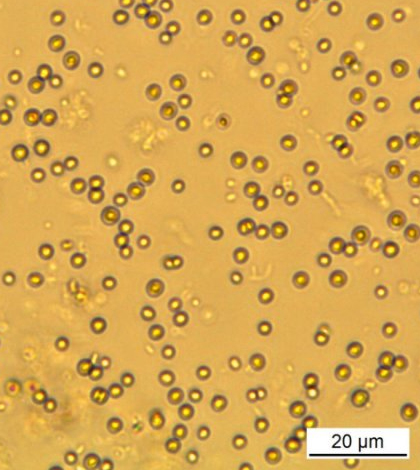Some Phytoplankton Rapidly Adapt To Survive At Higher Temperatures

Phytoplankton absorb as much carbon dioxide as tropical rainforests, so researchers are looking to see how they respond to a warming climate. (Credit: Gabriel Yvon-Durocher)
Many species are expected to feel the impacts of climate change, and not necessarily for the better. Some, however, may be able to not only survive climate change but adapt well enough to thrive in it. According to a release from the University of Exeter, phytoplankton have shown an ability to rapidly evolve in the face of higher temperatures, becoming more efficient at taking up carbon dioxide.
In the experimental results, a model phytoplankton, Chlorella vulgaris, was shown to adapt to higher temperatures in only 45 days, or 100 generations. Tested from 20 to 33 degrees Celsius, the phytoplankton did best at 30 degrees, showing signs of stress at 33 degrees, leading to limited growth at the higher temperature. After 100 generations, growth increased markedly.
Scientists say the phytoplankton adapted by becoming more efficient at converting carbon dioxide into biomass. Such adaptations could mitigate the effects of higher temperatures around the globe.
Phytoplankton take up approximately as much carbon dioxide as rain forests, so considering how they adapt to higher temperatures is important to modeling climate change accurately.
Top image: Phytoplankton absorb as much carbon dioxide as tropical rainforests, so researchers are looking to see how they respond to a warming climate. (Credit: Gabriel Yvon-Durocher)





0 comments